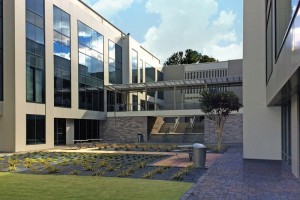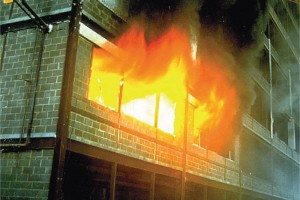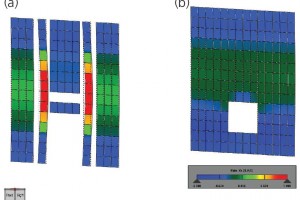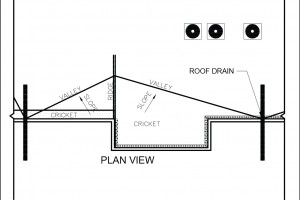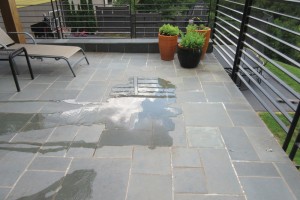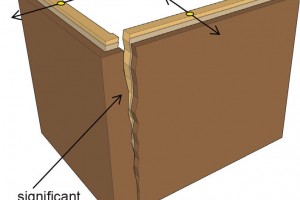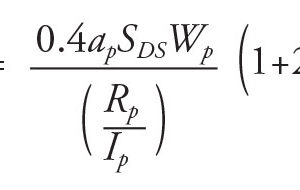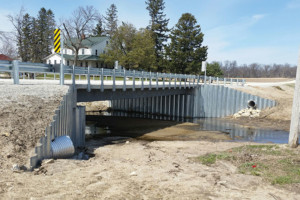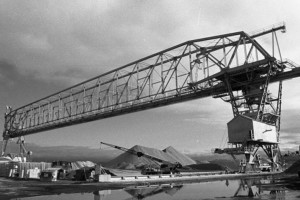Throughout the ages, humanity has been warned – do not build on weak foundations. Even the “Good Book” uses a parable of a home built on sand to emphasize the importance of a solid foundation in life.
However, the wise sages of the past did not live in today’s fast-paced world. As hard as most members of today’s society try to be good stewards of the land, some things get pushed to the wayside… literally. …

